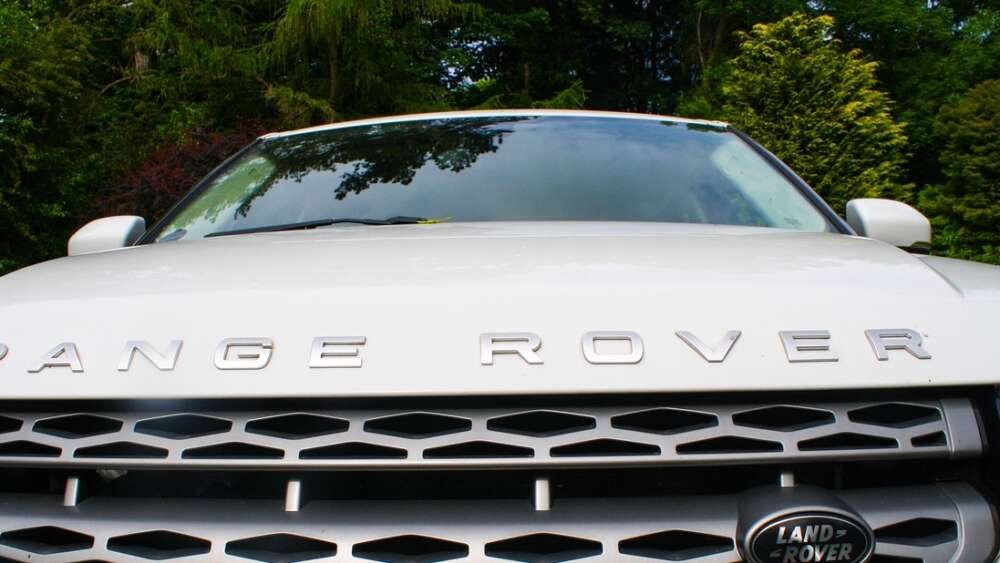Save us from our SUVs
Many years ago I had a blog on matters of religion and faith at The Age, which attracted some fierce criticism, mostly from committed atheists. But the blog that most offended believers was when I suggested that Christians who drove only in the city and suburbs could not justify owning large four-wheel drives, or SUVs as we now call them.
It followed a suggestion from Melbourne Anglican Archbishop Philip Freier that year to his synod that watering down the Scriptural teaching on the dangers of wealth was our greatest spiritual blindness.
I wrote that it was harder to imagine a more “me first, up yours” statement to the rest of the world than driving a big SUV.
They take up extra space on the road and in carparks, they weigh a lot, use a lot of fuel, have high greenhouse emissions, are dangerous to other road users and also to their own drivers, who seem more than most to believe they can behave with impunity – all claims endorsed by the Australian Academy of Science at the time. I concluded: “Plenty of other cars may represent an egotistical self-indulgence, but few have the environmental footprint these monsters do.”
That was in 2007, and clearly even then I was Don Quixote tilting at monstrous fast-moving windmills (but at least Don Quixote was pure of heart). It is an argument I have since lost resoundingly. I know that considerable work has gone into reducing SUVs’ environmental footprint, that design has become more family friendly, and many smaller models are now available, which are just another form of 2007’s station wagons, but my criticisms remain when it comes to the larger versions. And now they are endorsed by an astonishing finding by the International Energy Agency, reported by The Guardian.
The IEA found SUVs were the second largest cause of the global rise in carbon dioxide emissions over the past decade (behind power generation), eclipsing all shipping, aviation, heavy industry and even trucks. If all SUV drivers banded together to form their own country, it would rank as the seventh largest emitter in the world.
The Guardian reported that SUVs raced to a new milestone in 2019, surpassing 40 per cent of all car sales worldwide for the first time. The world’s roads, parking lots and garages now contain more than 200 million SUVs, eight times the number a decade ago.
The rise of the SUV as the world’s pre-eminent car has been so rapid that the consequences of this new status – the altered patterns of urban life, air quality, pedestrian safety, where to park the things – are still coming into focus. “So much space is required for the 95 per cent of the time our cars sit idle that Los Angeles, for example, devotes an area larger than the land mass of Manhattan just for parking,” The Guardian report said.
“Dad feels powerful behind the wheel and mum feels safe.”
Combining the weight of an adult rhinoceros and the aerodynamics of a refrigerator, SUVs require more energy to move around than smaller cars and therefore emit more CO2, overshadowing the car industry’s climate gains from fuel efficiency improvements and the nascent electric vehicle market, The Guardian said.
But, when we can go back to church post-pandemic, just check out the carparks and see how much church-goers love them. And not the modest versions.
The late motoring writer Chris de Fraga told me that the popularity of big SUVs – apart from towing or going off-road – was that “dad feels powerful behind the wheel and mum feels safe.” They’d be much better off driving a Bentley, like me.*
The Guardian quoted Professor Harvey Miller, director of the Centre for Urban and Regional Analysis at the University of Ohio, as saying SUVs not only bring a stew of pollution and an element of fear to those attempting to traverse roads on foot or bike, they are fundamentally inefficient. “You are taking a 200-pound package, a human, and wrapping it in a 6000-pound shipping container,” he said.
“For some reason we think that is a good way to move through a city. If Amazon used that rationale, it would be out of business in a week.”
Of course when these behemoths hit a pedestrian or cyclist, they tend to hit them higher on the body, causing much more severe injuries and often knocking the victim under the wheels. Also, when parked beside one of these in an ordinary car, it is difficult to edge out because you can’t see until you are well into the lane. You will find it harder to get into your car because they are more likely to have crossed the parking line, just as when turning they like to claim a lane and a half.
Christians may tell themselves they are quite justified in driving these road-hog vehicles, though I think they have to go through a couple of theological contortions. But more worrying are those who never even give the issue a thought. Most of the time, when we let our witness slip, it is unconscious rather than deliberate.
And I know that as I point out the mote in your eye I may be unaware of the beam in mine. But, as a married man, there’s a good chance I have been told.
Barney Zwartz is a Senior Fellow with the Centre for Public Christianity.
* About the Bentley, just kidding.



